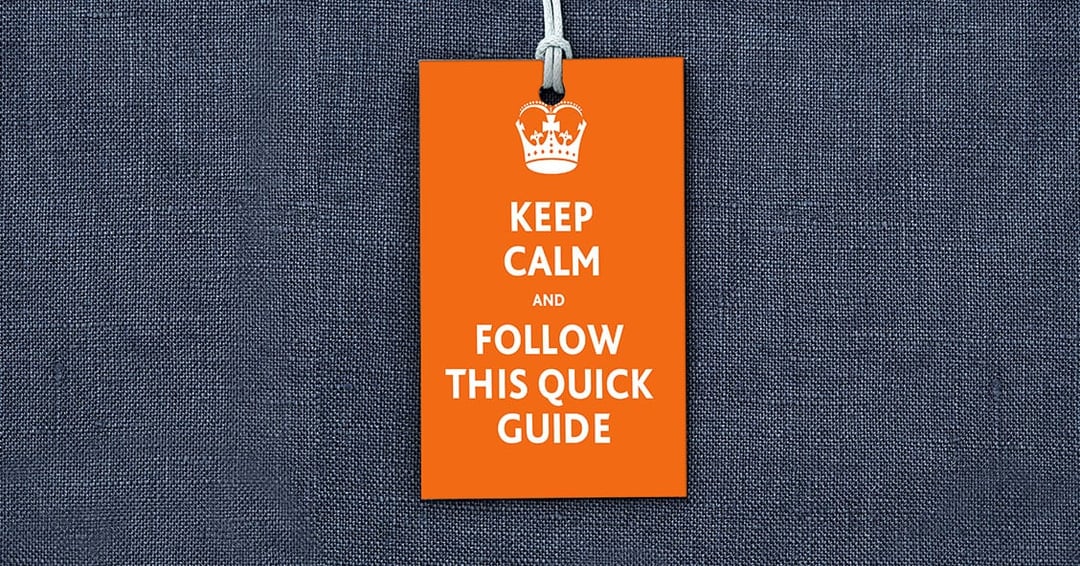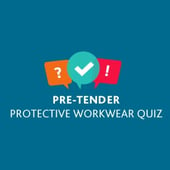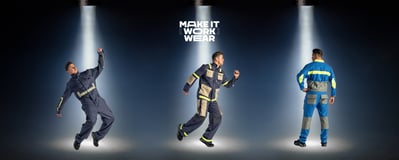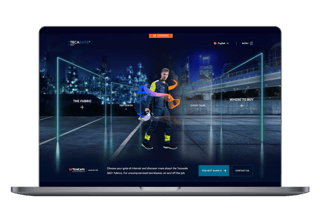You’ve just heard the news: it’s time to select new protective workwear for your company. But as a busy Health & Safety Manager, where do you begin? Here’s our best-practice guide to getting started on a new protective workwear tender.
STEP 1: Take the time to find your new baseline
While it may be tempting to copy-paste the specs of your current solution into a new protective workwear tender, your smartest bet is to start fresh. The best way to change specifications in your protective workwear tender is by linking them to concrete needs. A risk assessment of your work environment is the only way to bring these needs to light.
In addition, check in with the workers who’ll be wearing the new garments. What’s their opinion of the current solution they’re wearing? Which issues are they facing? Are they happy with their current comfort levels? What needs to be improved in the new garments? You’ll need these results later to align the stakeholders involved in selection decision-making.
STEP 2: Use the smartest tools
What to do with all the information you’ve now gathered? Take a breath and don’t stress. The key is to find a data-driven tool that will help you narrow down the dizzying number of factors influencing protective workwear selection: the protection level needed for each workstation, the garment’s mechanical performance and lifetime, washability and durability levels, not to mention comfort levels (fabric weight and breathability).
Don’t be afraid to get support to identify gaps between your risk assessment and the wearer’s reality on the workfloor. For instance, maybe you’re overspecifying for arc flash protection with an unnecessarily heavy (and expensive) fabric, while your worker is asking for a lighter, more comfortable garment allowing for more movement. A tool such as Proclaud® can help you fine-tune your selection and maximise your workers’ comfort and safety while staying on budget.
STEP 3: Build your dream team
To efficiently draft your new protective workwear tender, it’s crucial to draw on all the internal resources at your disposal. This means creating a well-rounded working group with representatives from the Health & Safety, Purchasing and Management teams, the operators (wearers) themselves, and depending on where you’re located, perhaps even your local union. Involving a cross-functional team of stakeholders will help you manage expectations and balance all the interests at play when selecting new protective clothing.
STEP 4: Get value chain partners involved on time
Springboard off your working group’s input and directly involve your suppliers, garment makers, and industrial laundries to smooth out the selection path ahead. They’ll help you strategise how to close the gap between your current protective clothing solution and the wearer’s unmet needs. They’ll also help you identify the most cost-effective solution that provides the right levels of protection in high-risk situations. This will save you valuable time by preventing the tender process from stalling.
STEP 5: Don’t get stuck in the money talk
As a Health & Safety Manager guiding your company’s protective workwear selection, you’ll need to negotiate to get buy-in from your purchaser. To avoid a potential tug-of-war between budget and safety, focus on the price-quality ratio of the new solution. Your supplier can provide technical expertise to help you calculate the total cost of ownership of the new garments, saving you money in the longer term. Shifting the conversation from cost to value will help you negotiate a balance between budget, safety requirements, and your wearers’ comfort preferences.
STEP 6: Take your wear trial (and wearers) seriously
A wear trial is the final moment of truth after all your hard work: are the new garments an actual improvement compared to your current protective clothing in terms of safety, durability, comfort, look and feel? Do the new garments meet all the specifications in your tender, and are your employees enthusiastic about wearing them? Listening to your wearers’ insights is the only way to truly improve and innovate your company’s safety culture. Paired with your initial risk assessment, your wear trial is the guiding star to select the best new protective clothing.
Key takeaways
- Give yourself enough time to prepare
If you don’t spend time to define the precise specifications required in your new protective clothing, you’ll end up wasting time — and money. - Check your assumptions at the door
Use a data-driven tool like Proclaud® to take the guesswork out of selection decisions that maximise the safety and comfort of your workers. - Involve a diverse group of internal stakeholders
They’ll help you to drill down on exactly what you need, and prevent the decision-making process from stalling later. - Get your value chain partners involved ASAP
Your supplier should join the conversation 2 years in advance, or at the very least 6-12 months before a wear trial. They’ll provide invaluable guidance along the way. - Focus on the total cost of ownership, not just the upfront price
Having to frequently renew a cheaper (but lower-quality) solution is more expensive in the long term. - Don’t underestimate the voice of the wearers
They’re able to supply you with unique insights you may otherwise overlook. You’ll never regret taking their needs into consideration.
Ready to start your new protective workwear tender? Take our 5-minute Pre-Tender Protective Workwear Quiz to find out if you’re missing any important information.














